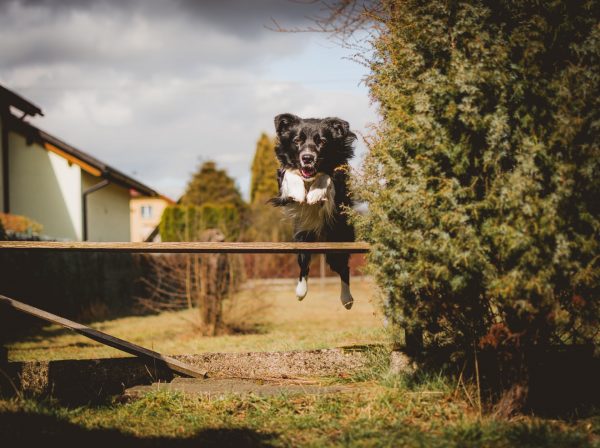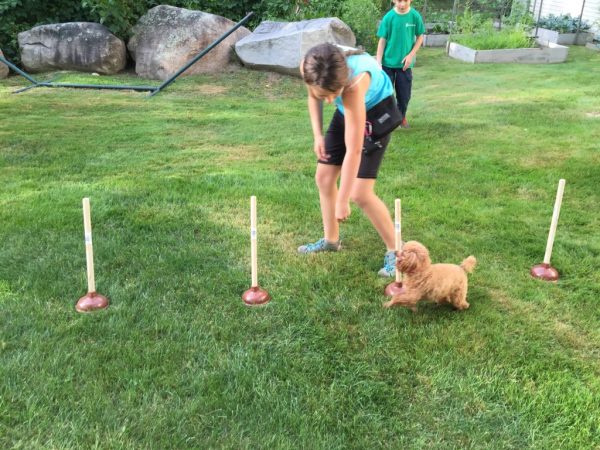When we think of dog obstacle courses, we can all picture the performance of owners and their highly trained pets charging through tunnels and over jumps in a finely honed routine, which has been perfected over months or even years of vigorous training. And while this may seem unattainable to the average pooch, there are many advantages in this type of training for pets and their owners alike. The best part is you don’t need access to special facilities for this type of training – by creating a simple obstacle course at home you can start reaping the benefits of improved discipline and a healthier pet who is mentally and physically stimulated. In celebration of International Dog Day on the 26th of August, we’ve put together this primer to get your best friend jumping, weaving and running.
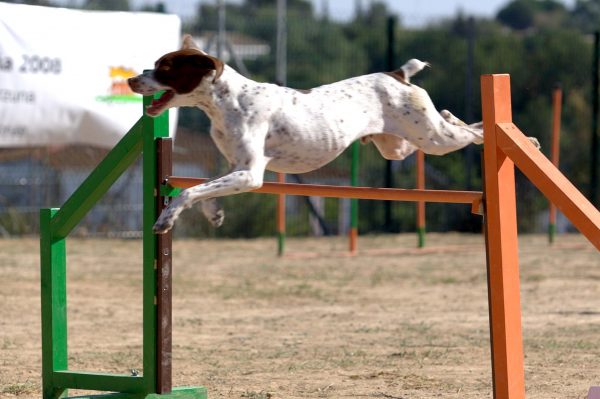
NOT JUST A SPECTACLE
Dog obstacle courses are more than just a race to finish. There are many benefits to, not just the dog, but the owner as well. The most obvious benefit relates to agility and exercise, which is essential to your pet’s physical and mental wellbeing – this is particularly important for high energy breeds living in urban areas where they may not be able to run around as much as they need to. This pent-up energy can lead to a host of discipline problems, which would not be a factor if the dog is getting enough exercise. This brings us to the second major benefit of obstacle course training, how it relates to discipline. Obstacle course training is particularly valuable in teaching your dog off leash discipline and self-control. In the obstacle course environment, the dog learns to respond to commands; go where they are told; and to wait for commands before acting. This type of discipline can enrich your dog’s life outside of your backyard allowing you to afford them greater freedom when going to parks and public spaces where they are allowed to be off their leash. The final advantage is perhaps the most important – dog obstacle course training improves the bond between dog and owner, leading to a better understanding and a closer emotional connection.
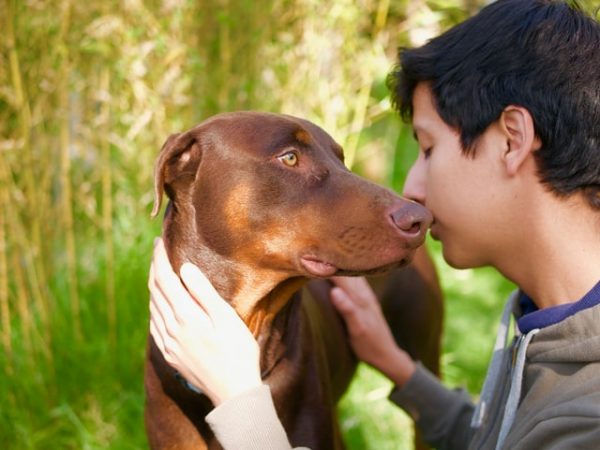
THE DIY OBSTACLE COURSE FOR INTERNATIONAL DOG DAY
Now that we have a better understanding of why you should consider setting up an obstacle course we can get into the how. Dog obstacles can loosely be defined into four categories jumping obstacles, weaving obstacles, tunnel obstacles and ramps. While it is possible to buy pre-made obstacles, this isn’t always necessary, most of these obstacles can be created using items that are already found around the house or can be bought at your local hardware store.
Jumping obstacles are, as the name suggests, any obstacle where the dog has to leap with all four paws off the ground to clear. For this any barrier will do, whether it is a row of stacked bricks, or a board, however one of the neatest and tidiest ways to create this is with PVC piping. The most important thing is to ensure that the height of the jump is correct for your dog’s fitness levels and size. PVC piping allows you to create a base with an adjustable cross bar so the height can be adjusted as your pet’s performance improves.
Weaving obstacles are perhaps the easiest to create. Any object that can be set down in a line and spaced out will work, although traffic cones or sports training cones are preferred as they can be neatly stacked and packed away between exercises. The difficulty of this exercise is determined by the spacing of the obstacles a looser spacing makes for an easier course, while a tighter configuration means your dog needs to make sharper turns increasing the difficulty.
Tunnel obstacles refer to any obstacle where a dog needs to run under something. This has led to hilarious results in some large national competitions, as you can see in this video. While making a professional tunnel at home can be a lot of work, a row of cardboard boxes provides a quick DIY solution. If you are looking for a more permanent solution, you can get children’s play tunnels at most toy shops – these are easy to pack up afterwards and can be easily stored for next time.

The final type of obstacle is the ramp, you can create a simple DIY ramp with a few bricks and two pieces of plywood. Simply stack two rows of bricks to the required height and then lay the plywood on the bricks to create a pyramid shape. This DIY solution should only be used for smaller ramps as a high stack of bricks is more likely to fall over and potentially injure your pooch. Remember the safety of your dog should always be your first concern.
HOW TO TRAIN
Perhaps the hardest part of a DIY obstacle course is the training required to teach your dog about the obstacles and the correct way to clear them. This could be a whole article in and of itself, and if you would like a training method for each type of obstacle you can read this excellent training guide with step-by-step instructions, but some important rules that are universal for each type of obstacle are to familiarise your dog with the obstacle by literally walking them through it; picking and sticking to clear commands for each action you want your dog to perform; and only using treats and affection to reward positive actions.
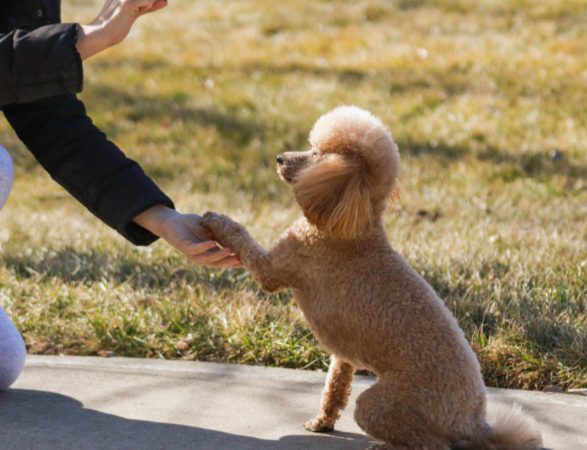
We hope this guide provides a useful resource for taking your first steps into the world of dog obstacle course training. If you have setup this type of course we would love you to share some pics of your pet in action, maybe we’ll include them in a future article. For now happy training, and happy International Dog Day to all our furry friends.
Read more from LockLatch:
General & Safe Ventilation with LockLatch

